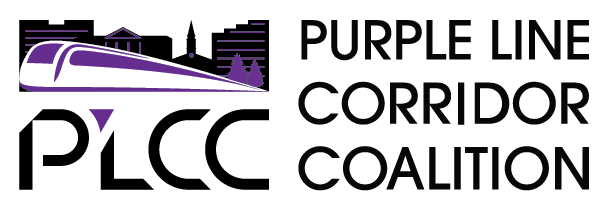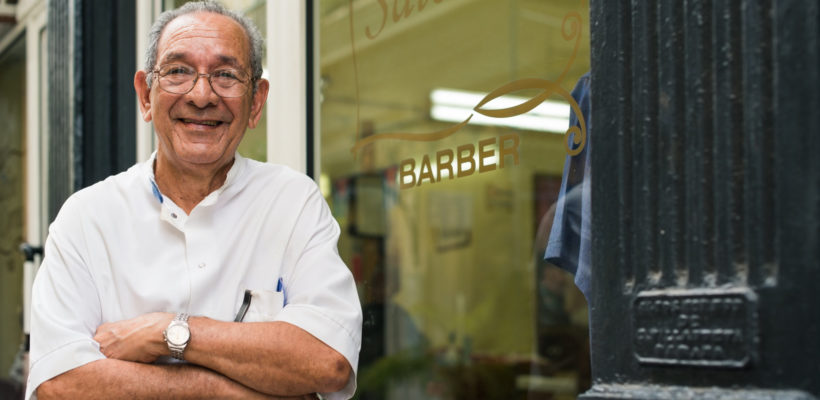PLCC Small Business Webinar for Prince George’s County
You can find the audio and video of the webinar here: Audio and Video
The powerpoint slides presented at the webinar are available here: PLCC Small Business Webinar Final
PLCC Small Business Webinar Recording
Friday, May 1, 2020 | 2:00 pm – 3:00 pm
Join with Zoom:
From your computer or app
https://bit.ly/plccsmallbiz
Or dial in with your phone
(301) 715-8592
Meeting ID: 613 423 0297
Password: PLCC
Are you having trouble qualifying or applying for the PPP or other COVID-19 business programs in Prince George’s County? The Purple Line Corridor Coalition would like to help you navigate these programs.
Moderator:
Manuel Ochoa, Principal, Ochoa Urban Collaborative
Speakers:
Javier Rivas, Program Manager, LEDC
Mark Wells, Business Consultant,
Maryland SBDC
This webinar is hosted by the Purple Line Corridor Coalition, a multi-sector collaborative led and administered by the University of Maryland’s National Center for Smart Growth (NCSG) in partnership with a coalition of community organizations, state and local governments, nonprofits, philanthropies, and businesses. PLCC led the creation of the Community Development Agreement for the Purple Line Corridor which articulates a shared vision for vibrant economic and community development along the 16-mile corridor.

